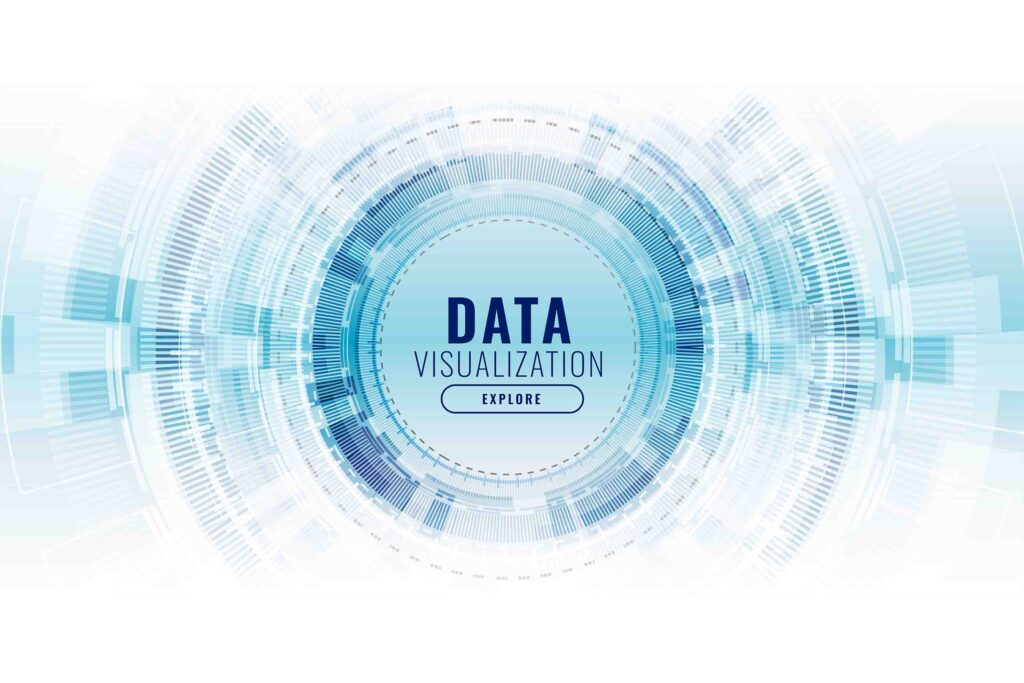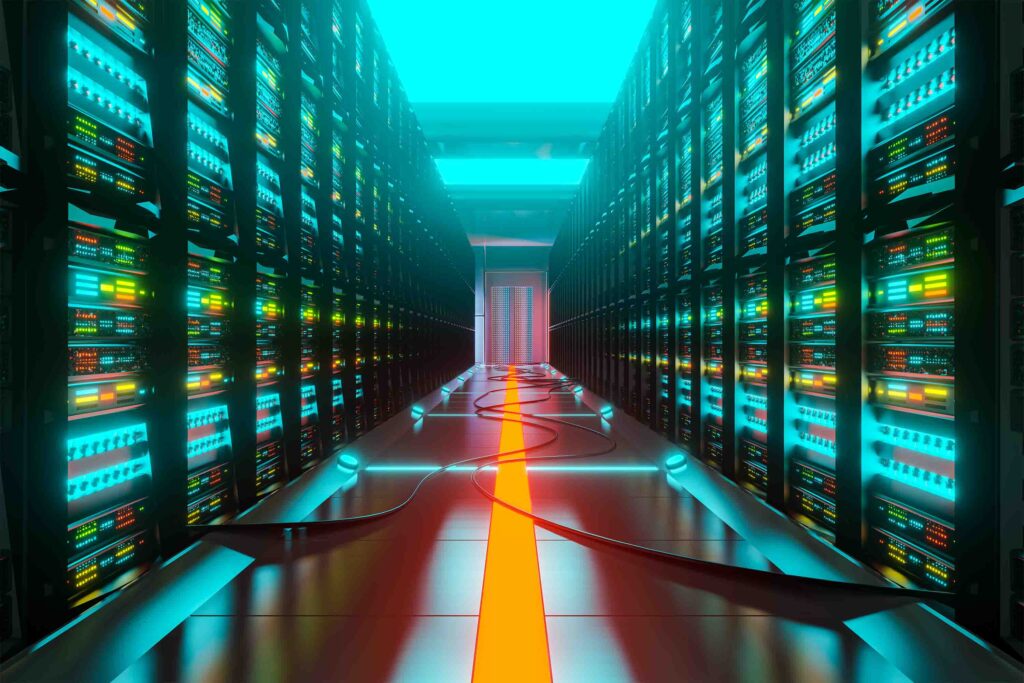- Home
- About
- Services
Data Engineering
and Analytics - Resources
- Partner with Us
How Generative AI can revolutionize Data Engineering
Generative AI represents a form of Artificial Intelligence capable of crafting fresh content from pre-existing data sets. Whether it’s text, images, audio, or other data formats, these AI models undergo training using extensive datasets. Post-training, they can leverage this knowledge to generate novel content resembling the initial training data.
The advent of generative AI holds immense promise in reshaping data engineering across multiple fronts. Its applications extend to fabricating synthetic data, streamlining data cleansing and preparation, automating code generation for data pipelines, and even producing data visualizations. As generative AI continues to advance, its potential impact on data engineering is poised to be even more profound. It stands to enhance the efficiency, productivity, and strategic value of data engineering practices.

Generative AI with Data Lake:
A data lake is a centralized repository for storing all types of data, in its raw format, without any pre-processing or transformation. This makes data lakes a valuable resource for generative AI, which can use the vast amount of data in a data lake to train models and generate new content.
Generative AI with ETL Pipeline:
Generative AI offers the potential to enhance the efficiency and efficacy of ETL (Extract, Transform, Load) pipelines. These AI models possess the ability to learn from the data they’re handling, leveraging this acquired knowledge to make informed decisions regarding data processing.
Generative AI offers the potential to enhance the efficiency and efficacy of ETL (Extract, Transform, Load) pipelines. These AI models possess the ability to learn from the data they’re handling, leveraging this acquired knowledge to make informed decisions regarding data processing. This capability holds the promise of optimizing ETL pipelines, resulting in increased efficiency and improved data quality.
- Generative AI has the capability to enhance existing datasets by generating new data akin to the existing information.
- Utilizing generative AI can involve data cleaning by identifying and rectifying errors within datasets.
- Generative AI holds the potential to transform data into formats better suited for comprehensive analysis.
- It serves as a tool to validate data by confirming its adherence to specific criteria.
- Generative AI can perform continuous monitoring of data quality over time.
Generative AI with Data Lineage:
Generative AI stands as a powerful asset in enhancing data lineage through multiple avenues. Its role spans automating the tracking of data lineage, crafting visual representations of data lineage, and identifying irregularities within data lineage. Leveraging generative AI can significantly enhance the accuracy, comprehensibility, and utility of data lineage.
- Generative AI can be used to automatically track the lineage of data, which can save time and effort for data stewards and data engineers.
- Generative AI can be used to create visualizations of data lineage, which can make it easier to understand the history of data.
- Generative AI can be used to detect anomalies in data lineage, which can be used to identify potential problems with data quality or data integrity.

Generative AI with Data Warehouse:
Generative AI, an AI form capable of crafting fresh data from pre-existing sources, stands poised to transform data warehousing across various fronts. Here are some of the most compelling applications of generative AI within the domain of data warehousing. For example, Generative AI can be used in,
- Automatic creation of data warehouse schemas without manual intervention.
- Generating queries tailored for data warehouse operations.
- Identifying and rectifying data errors through AI-powered error detection.
- Predicting future trends based on data patterns and analysis.
Generative AI with Data Visualization:
Generative AI holds the potential to transform data visualization significantly. It enables the creation of innovative visual representations that surpass traditional forms, offering more depth and engagement. Additionally, by automating visualization creation, it streamlines the process, saving valuable time and effort for data scientists and analysts. Here is an example of how generative AI can be used to create personalized data visualization:
A data scientist gathers customer behavior’s data. Leveraging generative AI, the data scientist crafts individualized data visualizations for each customer. These visualizations display the customer’s purchase history, average order value, and pertinent data. Customers utilize these visualizations to monitor spending patterns and pinpoint potential areas for cost-saving opportunities.
Generative AI stands poised to transform data engineering by automating data cleaning, preparing data, generating code for pipelines, and crafting data visualizations. Its integration within Data Engineering promises an amplified impact, offering data engineers the ability to query data in a more intuitive manner. This natural querying capability facilitates streamlined automation of data engineering tasks.

